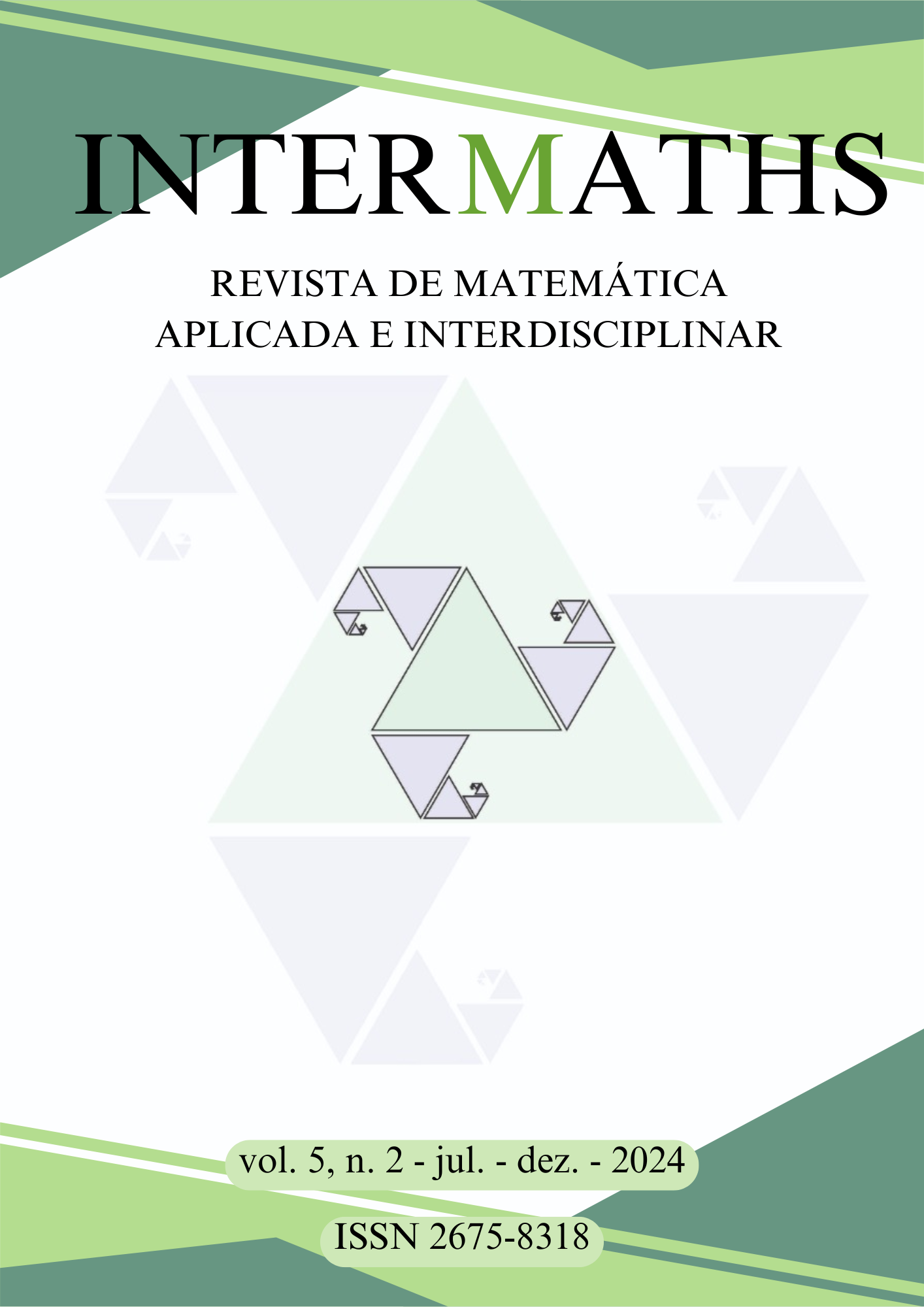Cryptography Systems using Ellíptic Curves
DOI:
https://doi.org/10.22481/intermaths.v5i2.15134Keywords:
Elliptic Curves, Cryptography systems, securityAbstract
In this work we will discuss and compare some Cryptosystems based on Elliptic Curves. And why use Elliptic Curves in Cryptography? The main reason is that they provide equivalent security to classical systems using fewer bits. For example, in [1] it was estimated that a key size of 4096 bits for the RSA system provides the same level of security as 313 bits in a system using Elliptic Curves. This means that the implementation for systems with Elliptic Curves requires smaller chips, lower power consumption, among other factors. In [4], the authors did an experiment on a small portable device (3Com’s Palm Pilot) larger than a smart card but smaller than a laptop. They found that generating a 512-bit RSA key takes 3.4 minutes, while generating a 163-bit key in the ECC-DSA system takes 0.597 seconds. Although certain procedures, such as signature verification, were slightly faster for RSA, Elliptic Curve methods, such as ECC-DSA, offer greater speed in several situations.
Downloads
Metrics
References
I. F. Blake, G. Seroussi and N. P. Smart, “Elliptic Curves Cryptography”, volume 265 of
London Mathematical Society Lecture Notes Series. Cambridge University Press, Cambridge,
Reprint of the 1999 original.
L. C. Washington, “Elliptic Curves Number Theory and Cryptography”, CRC Press A
Chapman and Hall, Book 2008.
M. Abdalla, M. Bellare and P. Rogaway, “The Oracle Diffie-Hellman assumption and an
analysis of DHIES”, Topics in Cryptology- CT RSA 0, volume 2020 of Lectures Notes in
Computer Science, Springer, Berlin, 2001, pages 143-158.
D. Boneh, “The decision Diffie-Hellman problem”, In Algorithmic number theory (Portland,
OR, 1998), volume 1423 of Lecture Notes in Comput. Sci, pages 48-63. Springer-Verlag,
Berlin,1998.
N. Koblitz, “Introduction to elliptic curves and modular forms”, volume 114 of graduate
texts in Mathematics. Springer-Verlag, New York, second edition, 1994.
A. J. Menezes, P. C. van Oorschot, and S. A. Vanstone, “Handbook of applied cryptography”,
CRC Press Series on Discrete Mathematics and its Applications. CRC Press, Boca Raton,
FL, 1997. With a foreword by R. L. Rivest.
X. Wang, Y. Yin, Yiqun, and H. Yu, “Finding collisions in the full SHA-1”, Advances in
cryptology- CRYPTO 2005, volume 3621 of Lecture Notes in Comput. Sci. pages 17-36,
Springer, Berlin, 2005.
A. Joux, “A one round protocol for tripartite Diffie-Hellman”, In Algorithmic Number
Theory (Leiden, The Netherlands, herefore maps2000), volume 1838 of Lecture Notes in
Comput. Sci., pages 385-394. Springer-Verlag, Berlin, 2000.
Published
How to Cite
Issue
Section
License
Copyright (c) 2024 Intermaths

This work is licensed under a Creative Commons Attribution 4.0 International License.
- Responsibility: The scientific content and the opinions expressed in the manuscript are the sole responsibility of the author(s).
- Copyrights: INTERMATHS.
- All content of Revista INTERMATHS/INTERMATHS journal is licensed under a Creative Commons - Atribuição 4.0 Internacional







